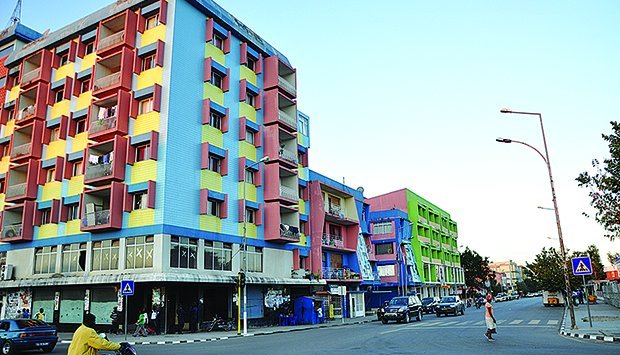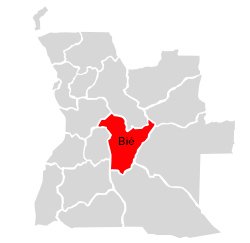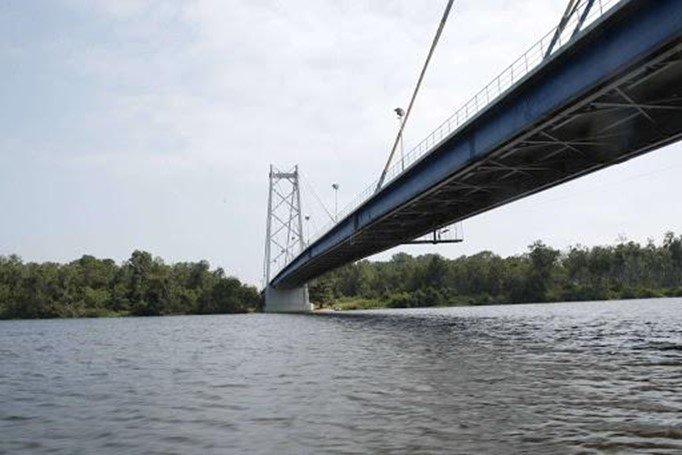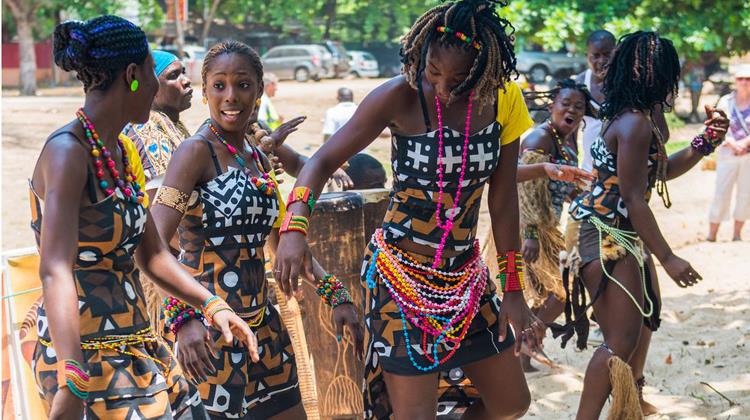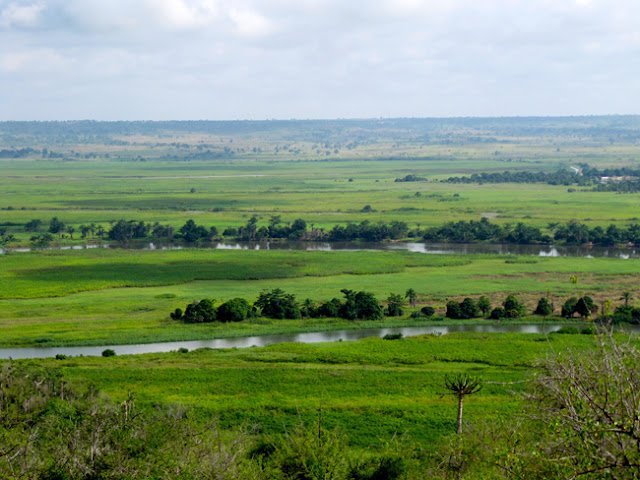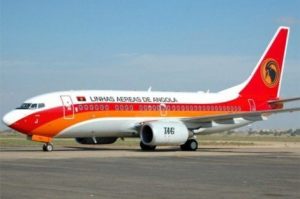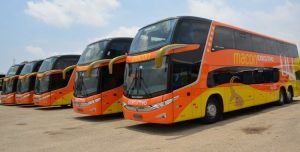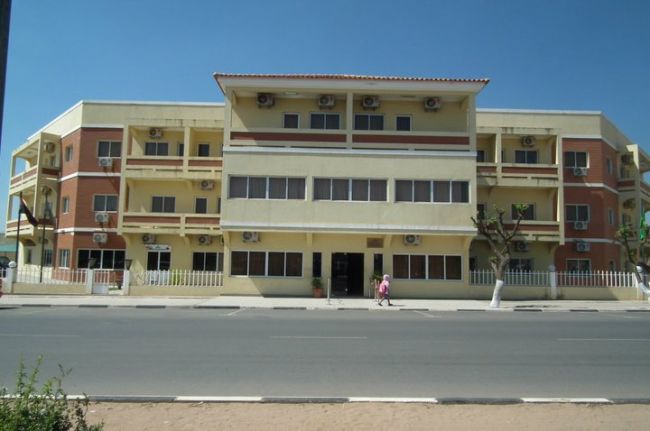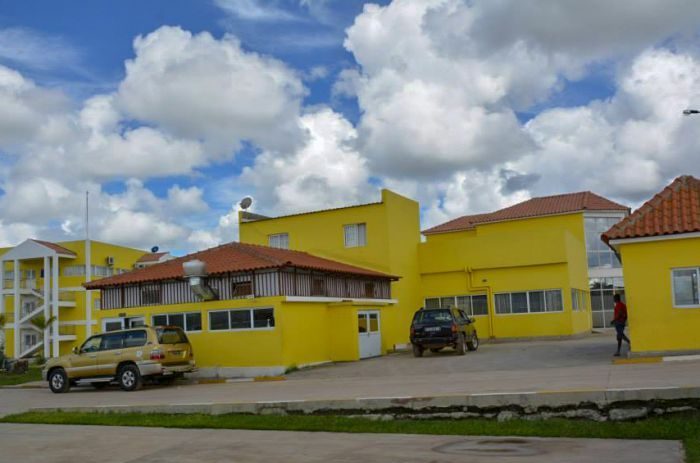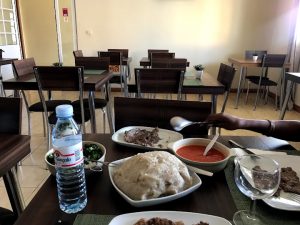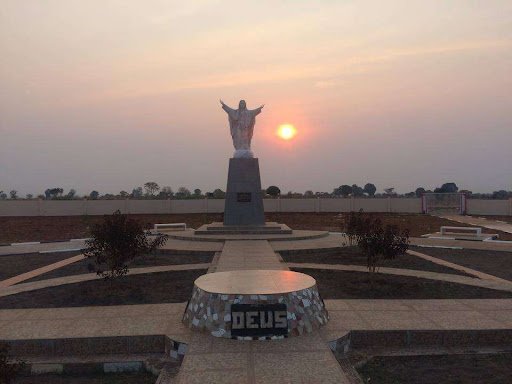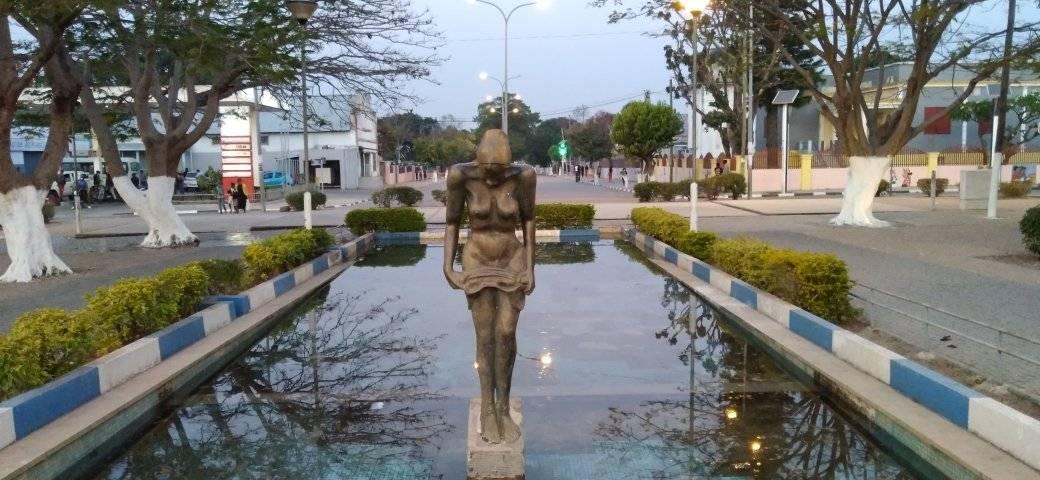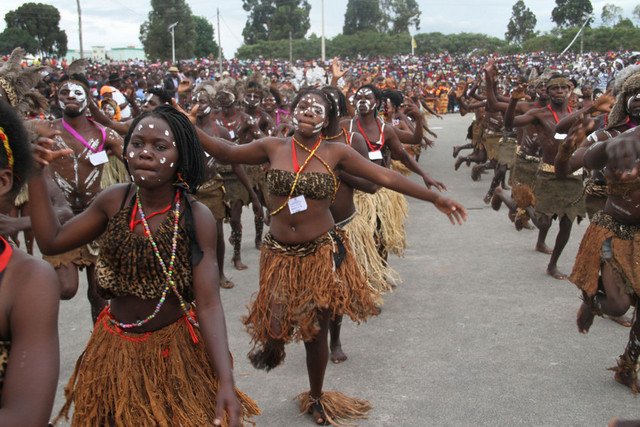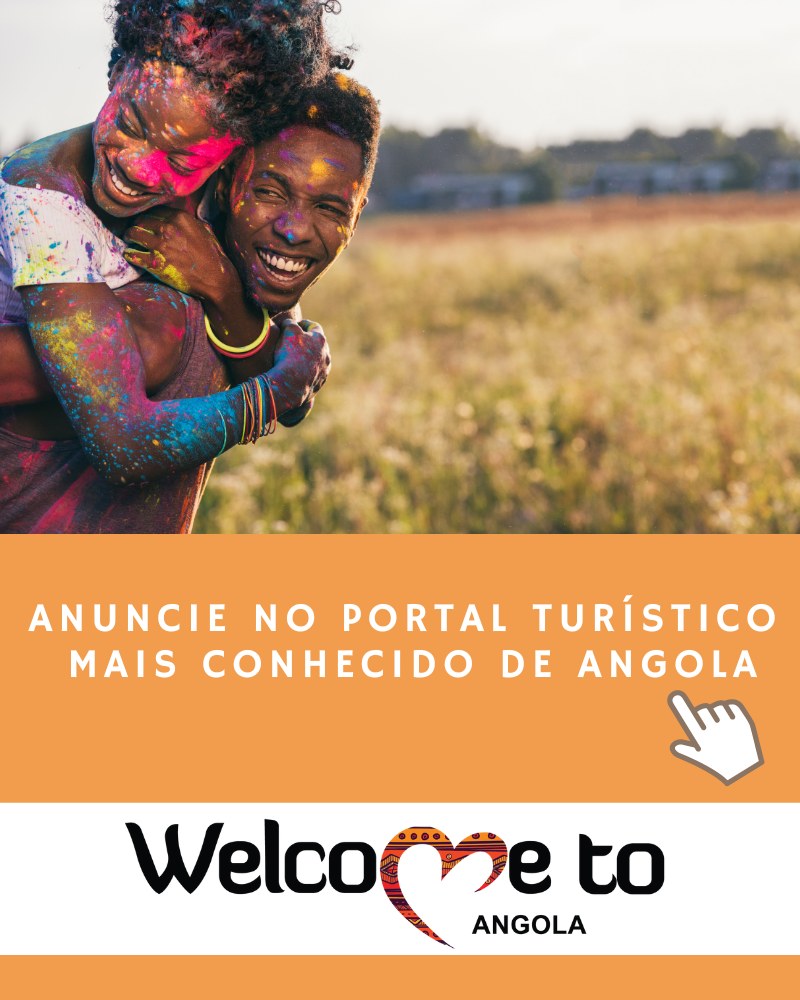- Kuito city
History
Bié province is one of the 18 provinces of Angola, located in the central region of the country. Angola's Central Plateau lands were traditionally cultivated by the Bantu peoples before the arrival of the Bienas and Bailundos.
The invasion of the early 17th century by the Bangala peoples led to a fusion of the two populations and the subsequent creation of the Ovimbundu kingdoms. Thus was born one of the most powerful Ovimbundus states, the kingdom of Bie, with many ombalas (village/main city) and villages under its tutelage. Its political formation took place between the 17th and 18th centuries.
In 1902 the municipality of Bié was founded, which was dependent on the district of Benguela (Currently province) and on January 2, 1922, the city council of Cuito is created; by Decree No. 134 of May 1, 1922, by the then High Commissioner Norton de Matos, the district of Bié is elevated to the category of province, having been its first governor, Manuel Espregueira Góis Pinto.
Demographic and geographic data
Bié province has a total surface area of 70 314 km² and its approximate population is 1,333,923 inhabitants. Its capital is the city of Kuito.
Counties
The province of Cunene is formed by 9 municipalities: Andulo, Camacupa, Catabola, Chinguar, Chitembo, Cuemba, Cunhinga, Kuito and finally the municipality of Nharea.
Structural form and neighboring provinces
This province is shaped like a heart that beats right in the center of the country! It is comparable in size to Portugal and borders the following provinces:
- North: South Kwanza, Malange, South Lunda.
- This one: Moxico.
- South: Kuando-Kubango.
- West: Huila and Huambo.
- Map of Angola, Location of the province of Bié
Angola's longest river
The Kwanza River is born in this province, like most rivers in the country. For this reason, Bié has a high hydroelectric potential.
- Kwanza River, Angola's longest river
Bié was badly hit during the Angolan Civil War and is still recovering, some basic services such as electricity are already operating normally in the region.
Climate
The climate is temperate and dry, temperatures vary between 19ºC and 21ºC and there are 2 seasons: from October to April, which is hot and rainy; between May and September it is dry, with average temperatures of 2ºC and 10ºC in the coldest months and 18ºC to 25ºC in periods of warmer weather.
ethnicities
This province is a confluence area for a number of ethnicities. The Bieno, a subgroup of the Ovimbundu, whose name is related to the name of the province, prevails. There is some presence of Tcho-kwe groups that, in their migration from the northeast of Angola, arrived here. Finally, there are small peoples in the Ganguela ethnographic category, such as the Lwimbi.
- The Ovimbundus are tribes from the Bantu people
The capital
The city of Kuito was named in the colonial era as Silva Porto. Often called the “Martyr City” due to the effects of the war, this city that has rapidly transformed itself with new buildings that augurs well for a bright future.
Nature
Be dazzled by the Umpulo Forest Reserve, which has an area of 4,500km2 and enormous richness in exotic species. This reserve is bordered on the north by the Cunene River, on the east by the Chimbandanga River, on the west by the Kwanza River and on the south by the Chimbandanga River.
also the Luando Integral Natural Reserve is a must visit. It is shared by Malange and is known as a bird paradise, given its wide variety. Here you can find Palanca Negra Gigante, Palanca Real, Songue and Inhala.
- Luando Natural Reserve
THE Kambadua Lagoon, formed by a tributary of the Kakuito River, it is 3 km long and 150 meters wide and is an excellent resource for sport fishing.
At Wongo Falls they are located 18km north of Kuito, on the Nduluma river, in the commune of Truba.
The Mutumbo Falls, in Chitembo, as well as the Lau-Lau Falls and the Luando River Falls, in Kukema, are ideal for bathing.
Beaches
There are good river beaches in Bié. Praia Verde, in Kunhinga, and Praia Azul, in Andulo.
Also visit KuKutato Island.
How to get
To arrive by flight in the province, it is necessary to purchase a ticket from TAAG in Luanda, bound for Bié (Joaquim Kapango Airport) and is prepared for small and medium-sized aircraft.
- TAAG Angola Air Lines
To get there by car, there are 5 bus lines that connect Bié to the provinces of Huambo, Kwanza Sul, Kuando Kubango, Malange and Moxico. But to get from Luanda to Bié, you must first purchase a ticket from the bus company MACON.
- Macon, Angola transport company.
Where to stay
As tips on where to host our portal, have the following suggestions for hotels that offer excellent services:
- Hotel Cassoma
- AGP Palace
Transport
To get around Bié you can use the following transport services:
rent a car
On average part of the hotels offer rent a car services, with a driver to guide you to better know the iconic points of the city.
motorcycle taxi service
Motorcycle taxi services take passengers to their destination, there is a fixed price of 150 Kwanza which is equivalent to 0.24 USD, and 0.20 Euros, but if the distance is greater than normal, the price increases .
Public transport
The province has public transport that the blue and white taxi (Candongueiro).
Typical dishes & where to eat
One of the typical dishes of the province of Bié is funge accompanied with different types of sauce, with fish or meat, accompanied by vegetables, and additionally the palm-eye beans.
- Funge, slaughtered meat, tomato sauce and vegetables (Restaurant Residential Solar do Kuito)
To taste the typical dishes of the land in Bié, you can visit the following restaurants:
- Residential Restaurant Solar do Kuito;
- Oputu Bar Restaurant;
- Zenikson Restaurant;
- Cuito's delicacy.
What to do
Visit Christ the King
The statue of Cristo Rei was erected by the Portuguese in the center of the province, in Camacupa. It is located next to the landmark of the geographic center of the country. Camacupa is 81 km east of Kuito.
- Cristo Rei, located in Camacupa.
visit monuments
Forte de Silva Porto and Forte de Munhango – secular monuments that deserve recovery and still worth visiting.
- Silva Porto Fort, Kuito.
Meet the statue of Pouca-Vergonha
Jardim da Pouca-Vergonha, which owes its name to the statue of a naked woman found there.
- Little Shame Garden Statue
What to bring in the suitcase
Here are some tips on what to pack when visiting the province of Bíe
- Winter clothing;
- Camera;
- Moisturizing skin cream,
- Willingness to learn about the cultural diversity of the local people;
- Sunglasses;
- Fishing kit;
- Satellite phone.
Tips for managing expectations
- On average most of the population are not strict with the non-renewable resource that is time;
- To gain access to some tourist areas, you should always be accompanied by a tourist guide;
- It is the traditional authorities (Soba) who give permission to make some visits to historic sites;
- Bring cash, the market is quite informal;
- In some municipalities you may encounter mobile phone network problems.
What to take home
As a reminder, here are 3 tips for what to take home:
- Photography on Angola's largest river, Rio Kwanza;
- Typical costumes from the province of Bié.
- Land delicacies.
- Typical Bié costumes
However, now you can enjoy a complete visit to the province of Bié. Please let us know if this article was helpful to you in the comments below.
Enjoy it!

